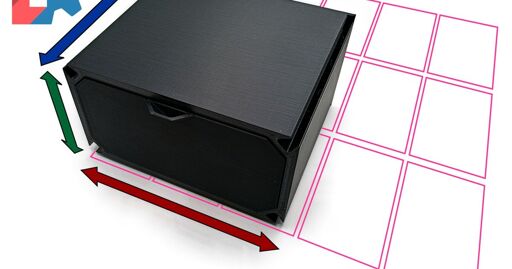

Wiping the bed with alcohol doesn’t really remove any contamination from its surface, it more or less just moves it around. Wash it thoroughly with dish soap and running water as others have suggested and give it a real good rinse afterwards. The goal is to get oils and other contaminants off of the surface and to wash them down the drain, whence they will trouble you no more.






The goal of your offset is not to be zero. Actually, in a perfectly ideal world that would be impossible because it would result in your nozzle touching and dragging along the surface on the first layer. Your actual final Z offset figure will be arbitrary based on the vagarities of your particular machine including the total overall length of the nozzle and thickness of the build plate, etc.
The actual goal is to achieve an accurate first layer which results in a thickness of 0.2mm or whatever your first layer’s height is, with minimal inaccuracy. You have to set the offset of the nozzle from the plate via Z axis adjustment such that there is a (literally) paper-thin gap between the tip of the nozzle and the plate. That doesn’t mean just setting it to zero. If setting it to zero actually worked, there would not actually be any reason to calibrate it…